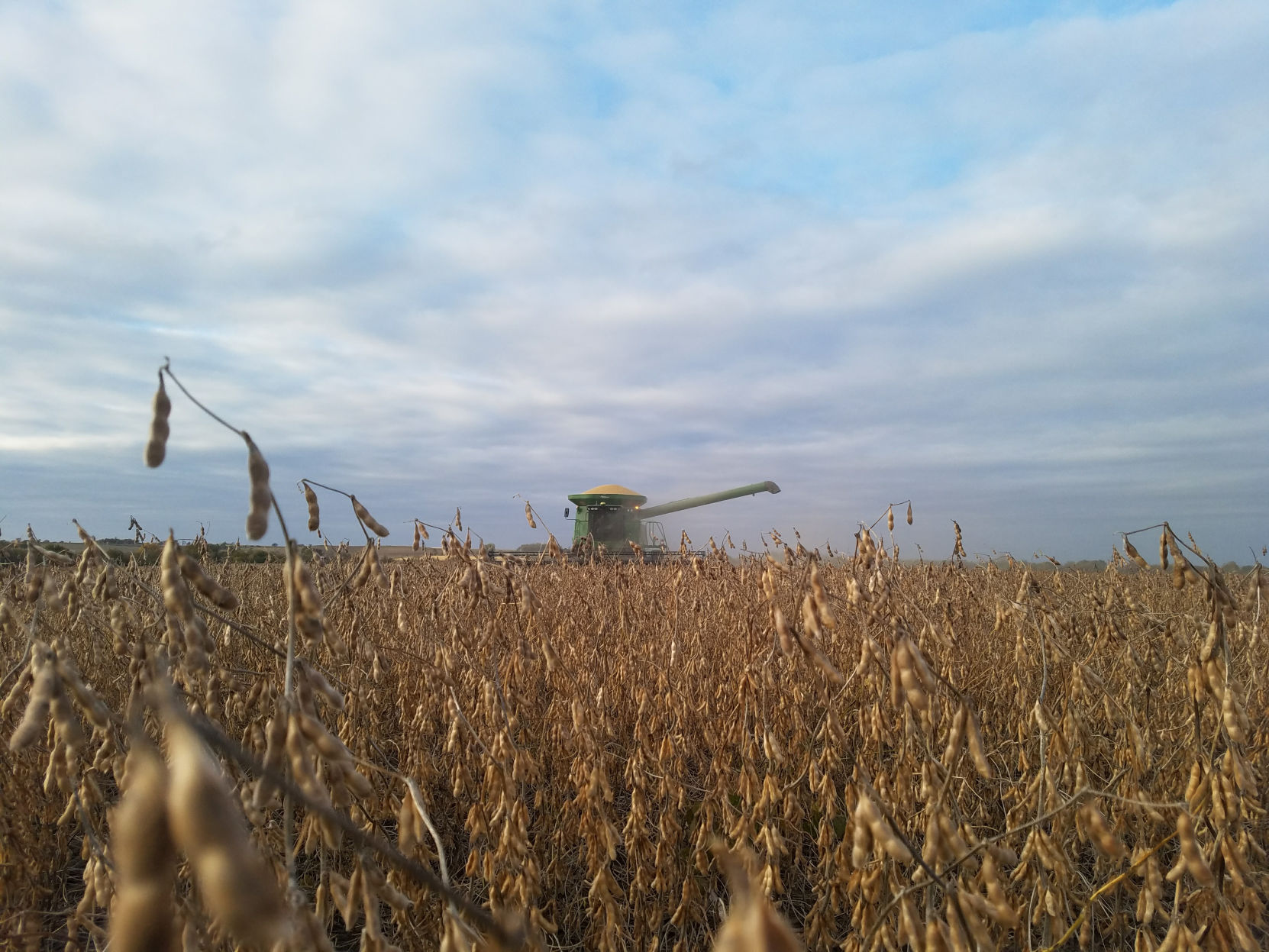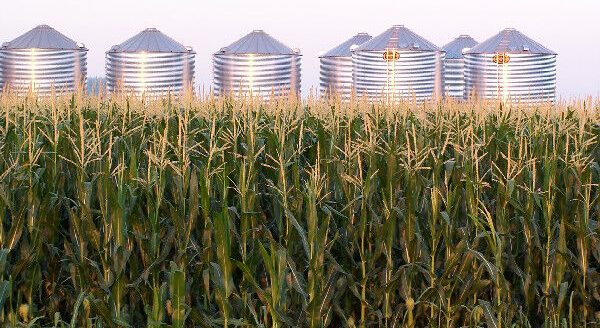The U.S. Department of Agriculture reduced final corn yield estimates for 2020 by 3.8 bushels per acre and lowered its final corn estimates by about 100 million bushels to 14.16 billion bushels. These estimates have been steadily lowering since July, when USDA estimated totals for the year at 16.5 billion bushels, before the derecho winds of August and drying conditions lowered yields.
The USDA also reduced its estimates of corn ending stocks by 150 million bushels, and lowered its estimate of ethanol production by or 12% year-to-year; Jim Mintert, director of the Center for Commercial Agriculture and a professor in the Department of Agricultural Economics at Purdue University, said ethanol margins are close to zero.
Combined with tighter supplies, a corn export market 72% higher than last year’s has boosted prices. According to Mintert, about 80% of that increase was bought by China. These figures represent a “big change in production.”
Soy exports to China were also up, by 78%. China is claiming that its hog herd is now restored to 2017 levels, although some experts cast doubt on those figures. U.S. corn and soy export for feed usually tail off at the end of February as the world’s attention turns to South America. Soybean ending stocks were also lowered by USDA, by 140 million bushels, for the smallest carryover since 2014. “We’re pretty close to pipeline supplies,” Mintert remarked. Supplies are at their tightest since 2013. The tightening of both U.S. and world stocks is good news for prices.
Mintert said sellers could expect a strong basis through the end of July, after which basis forecasting becomes riskier. Nathan Thompson, assistant professor in the Department Of Agricultural Economics at Purdue University, said the returns for stored soybeans “dwarfs anything I’ve seen” and that the current market had “no prior terms of reference.” Mintert said that while there could be some upside potential for holding onto stored beans, he warned sellers against holding them too long.
Michael Langemeier, associate director of the Center for Commercial Agriculture, said that in north central Indiana, net farm income per acre was the highest since 2013. Planting 50-50 corn and soybeans makes sense for the region in the coming year, he said. With profit margins slightly above the average since 2007, and 2021 promising better things, “This could be the year for equipment purchases,” Mintert said.
David Murray can be reached at [email protected].




